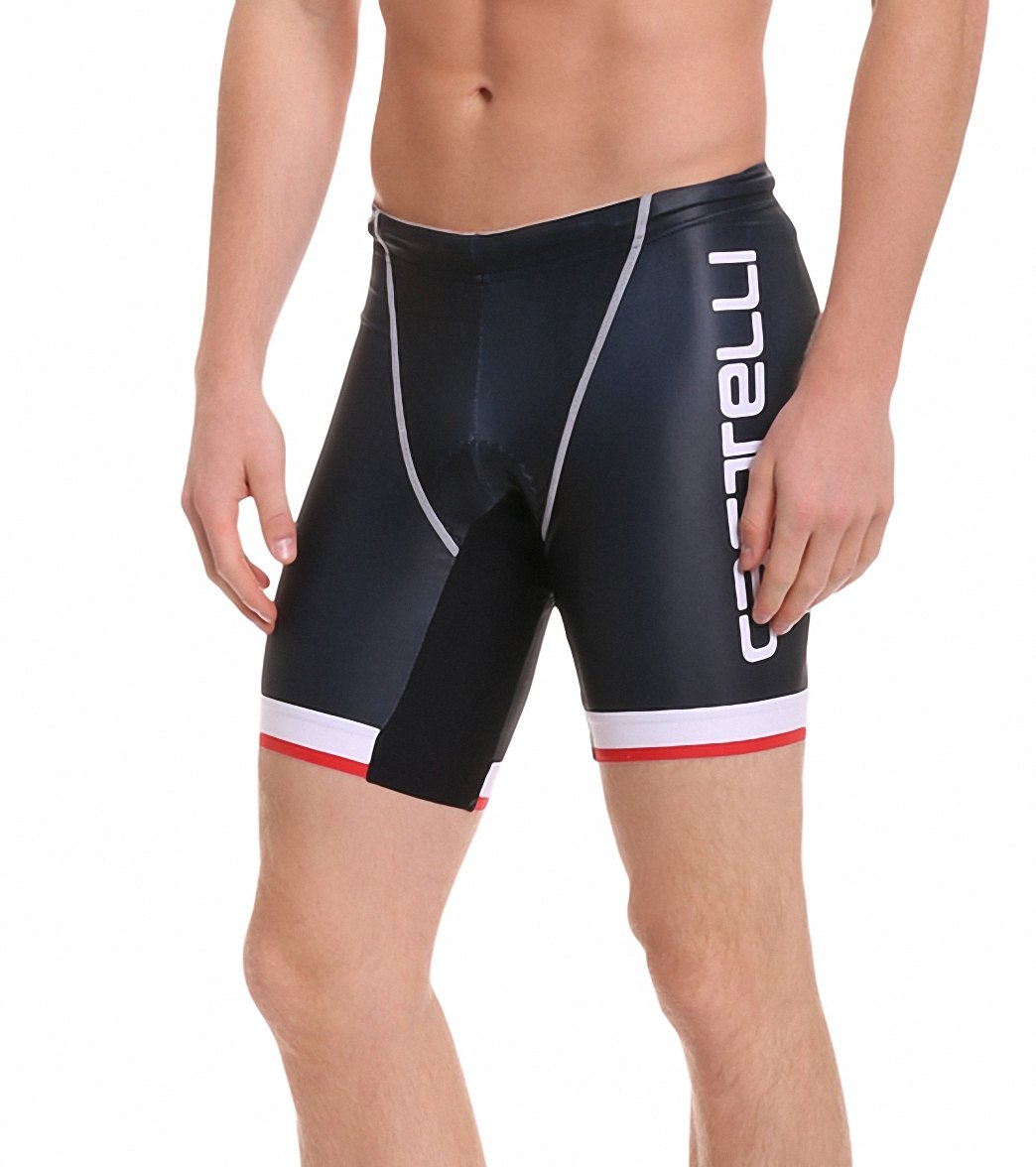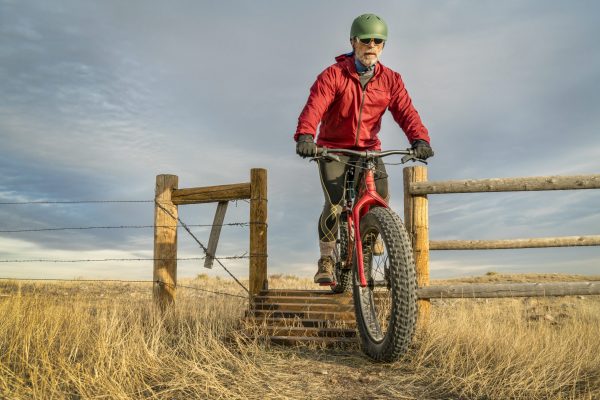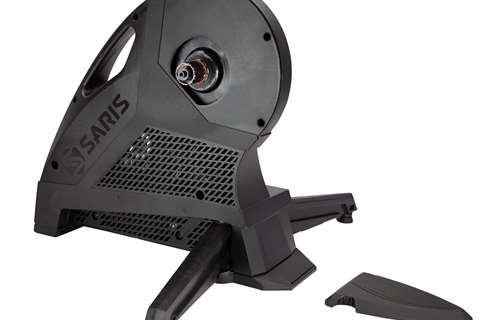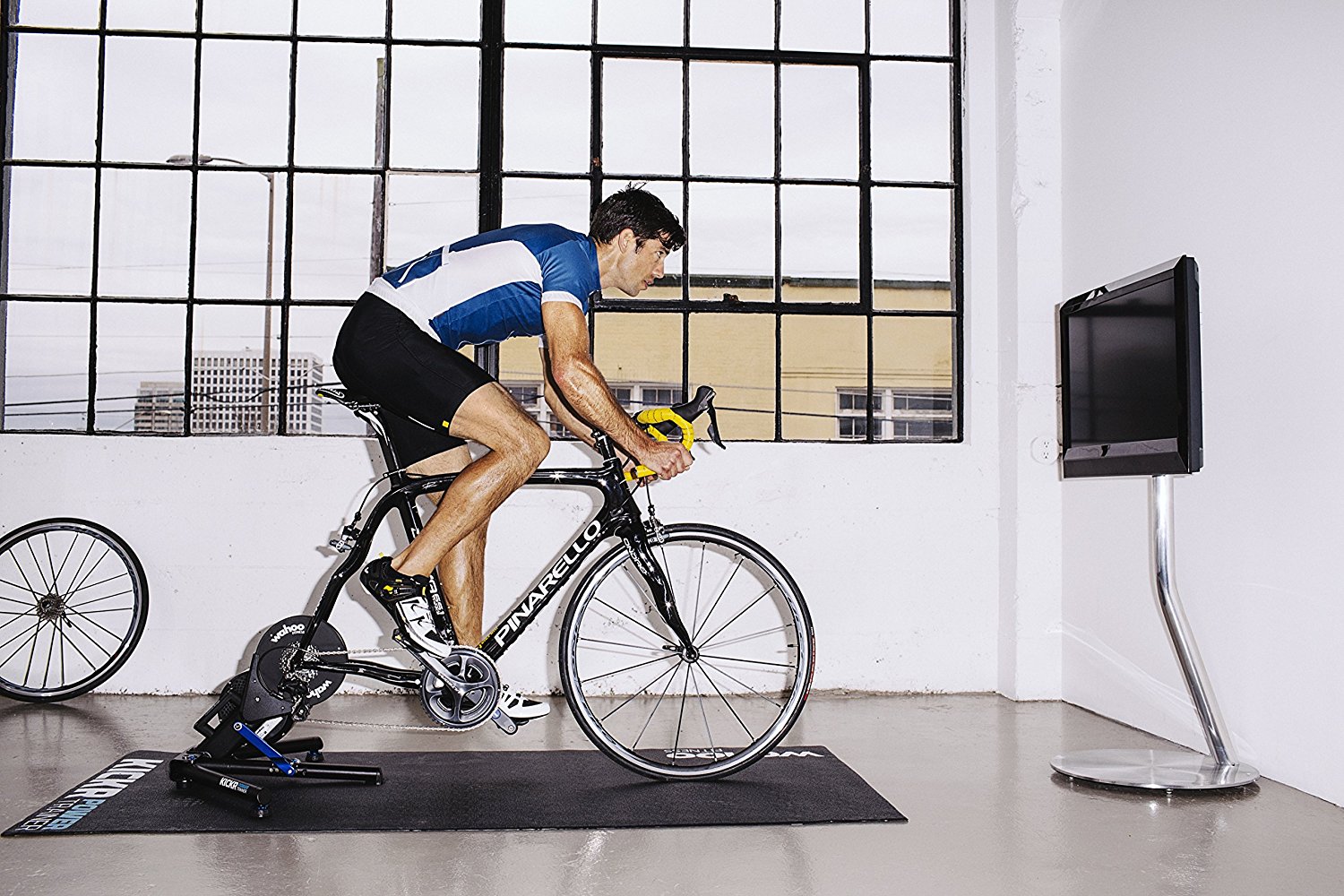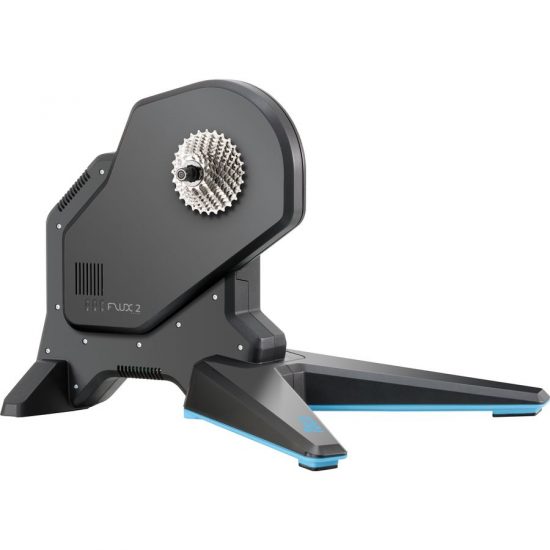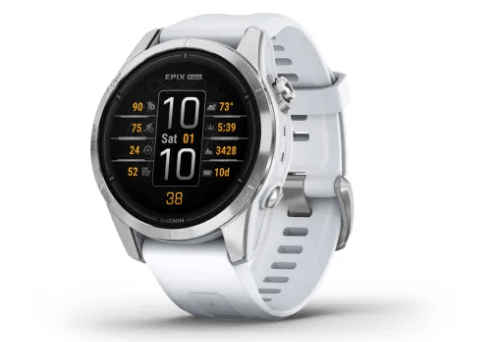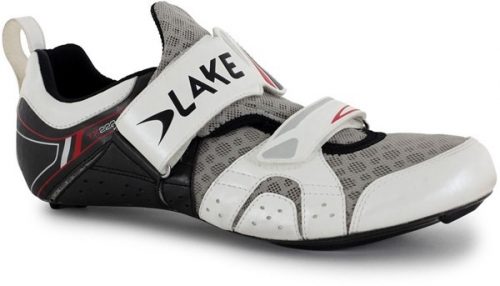Best Triathlon Wetsuits: The Ultimate Buying Guide
A good triathlon wetsuit is one of the key investments most triathletes consider making at some point. You don’t have to buy one, but if you are racing in colder water conditions or doing a longer race, a wetsuit can really improve your racing (and training) experience.
Search for ‘wetsuits’ … Read More

